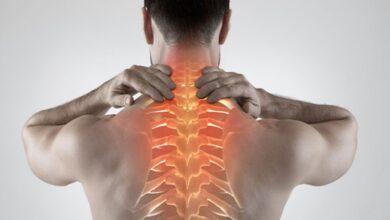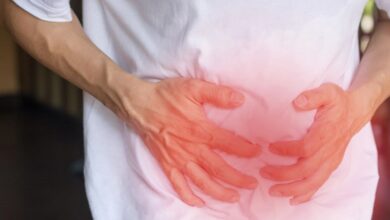
A Complete Guide to Low-Level Laser Therapy (LLLT)
Low-Level Laser Therapy (LLLT) has gained significant attention in recent years as a non-invasive, painless treatment option for various medical and aesthetic conditions. From pain management and wound healing to skin rejuvenation and hair growth stimulation, LLLT has proven to be a versatile, effective modality within various fields. This article will explore the nature, applications, and benefits of LLLT.
What is Low-Level Laser Therapy?
Low-level laser therapy (LLLT), known as cold laser therapy, utilizes low-energy, non-thermal light to stimulate and regulate cellular processes. Unlike high-powered surgical lasers, LLLT doesn’t cause heat damage to the target tissue, maintaining the integrity of the cells and promoting tissue optimally. LLLT is a non-invasive treatment option with minimal potential for discomfort or side effects. If you are looking for treatment, it is recommended that you consult a healthcare expert for low level laser therapy in Davie who can provide personalized treatment plans based on your condition.
Applications and Benefits of LLLT
- Pain Management: LLLT is widely used in managing acute and chronic pain conditions, like arthritis, neck pain, and back pain. It helps reduce inflammation, enhances circulation, and accelerates tissue regeneration, providing long-term relief.
- Wound Healing: LLLT has been shown to promote faster healing of acute and chronic wounds by stimulating cell growth, enhancing microcirculation, and reducing inflammation.
- Skin Rejuvenation: Low-level laser therapy can improve the appearance of the skin by stimulating collagen and elastin production, addressing issues such as wrinkles, fine lines, acne scars, and other signs of aging.
- Hair Growth Stimulation: Research has indicated that LLLT may help stimulate hair growth in individuals suffering from androgenetic alopecia (a common cause of hair loss in both men and women).
The Science Behind LLLT
LLLT’s mechanism relies on the principle of photobiomodulation – the interaction of light with biological tissues. The low-level laser stimulates cellular processes, primarily through the exposure of chromophores (light-sensitive molecules) within cells. This interaction triggers numerous cellular responses, such as increased cellular metabolism, enhanced production of cellular energy (ATP), and reduced inflammation. You may also check out this blog to learn more about how laser therapy works.
Is LLLT Right for You?
While LLLT has many potential benefits, it is crucial to consult a healthcare specialist who can evaluate your condition and determine if this therapy is suitable for your needs. LLLT may not be appropriate for those with certain health conditions or those who are pregnant.
Conclusion
LLLT is an effective treatment option with numerous potential benefits. As technology and research continue to advance, we can expect even more applications and exciting developments in the field of low-level laser therapy in the coming years. If you are considering LLLT for your condition, consult a healthcare professional to determine if it is the right option. With proper guidance and treatment, you can experience the many benefits that LLLT has to offer.



